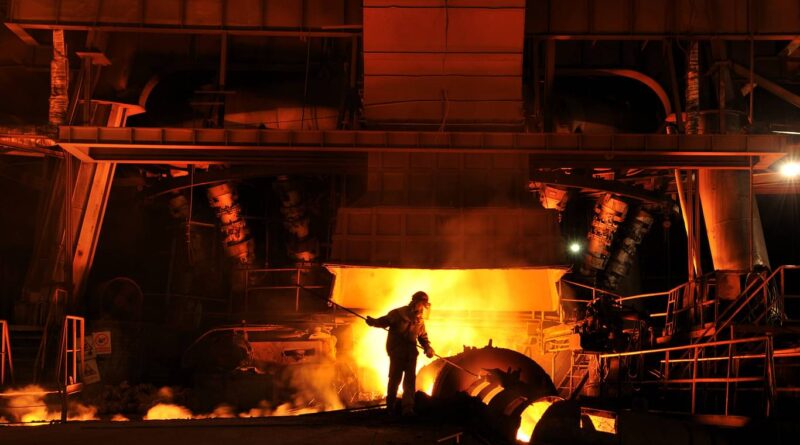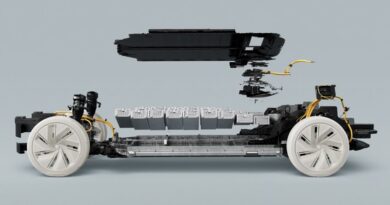Hydrogen as a replacement fuel in iron and steelmaking
In iron and steel production, 93% of emissions originate from the smelting process, which includes the use of blast furnaces, coking, and sinter plants.
In refinery operations, steelmaking, and the use of casting plants account for another 5% of emissions. Overall, the carbon impact of steelmaking represents a significant 92% of emissions, largely from burning carbon-rich fuels.
The use of hydrogen as a replacement for blast furnaces has been investigated extensively. Research suggests that the fuel can act as a cleaner, making it an effective alternative to coal and coke due to its capabilities of reducing carbon in the direct reduction of iron (DRI) process.
Hydrogen has the potential to play a key role in iron and steel decarbonisation and to contribute in part, to the decarbonisation of non-ferrous value chains. Moving forward, organisations need to take a strategic viewpoint on its inclusion in energy mixes and its use as an alternative fuel in metallurgic processes.
However, for hydrogen to be incorporated into metal and mining production chains, more research, collaboration and policy backing is needed. The progress of green hydrogen projects like Hydro’s Navarra, Aurubis’ trials, and Rio Tinto’s projects are promising and will undoubtedly provide positive results and learning points alike.




